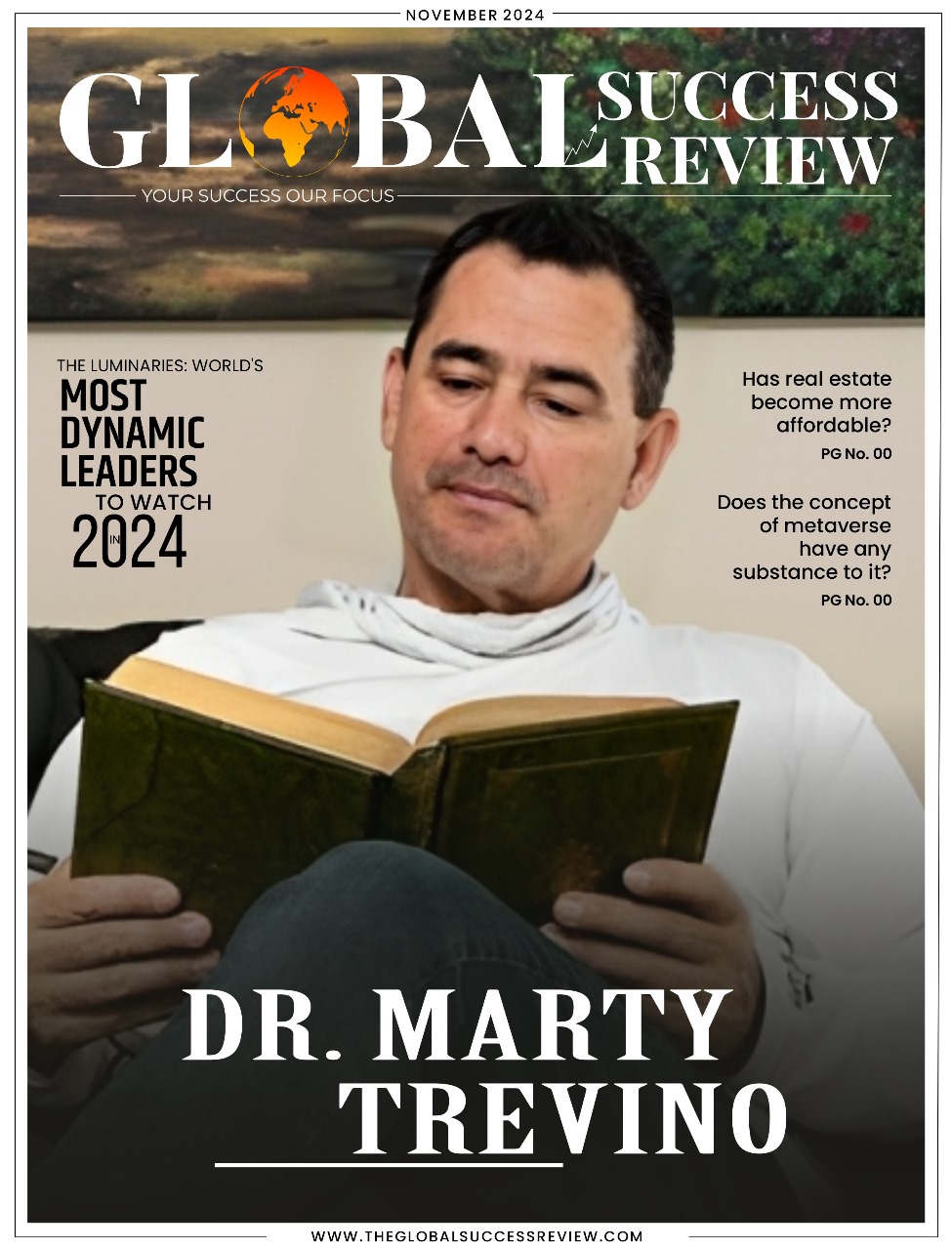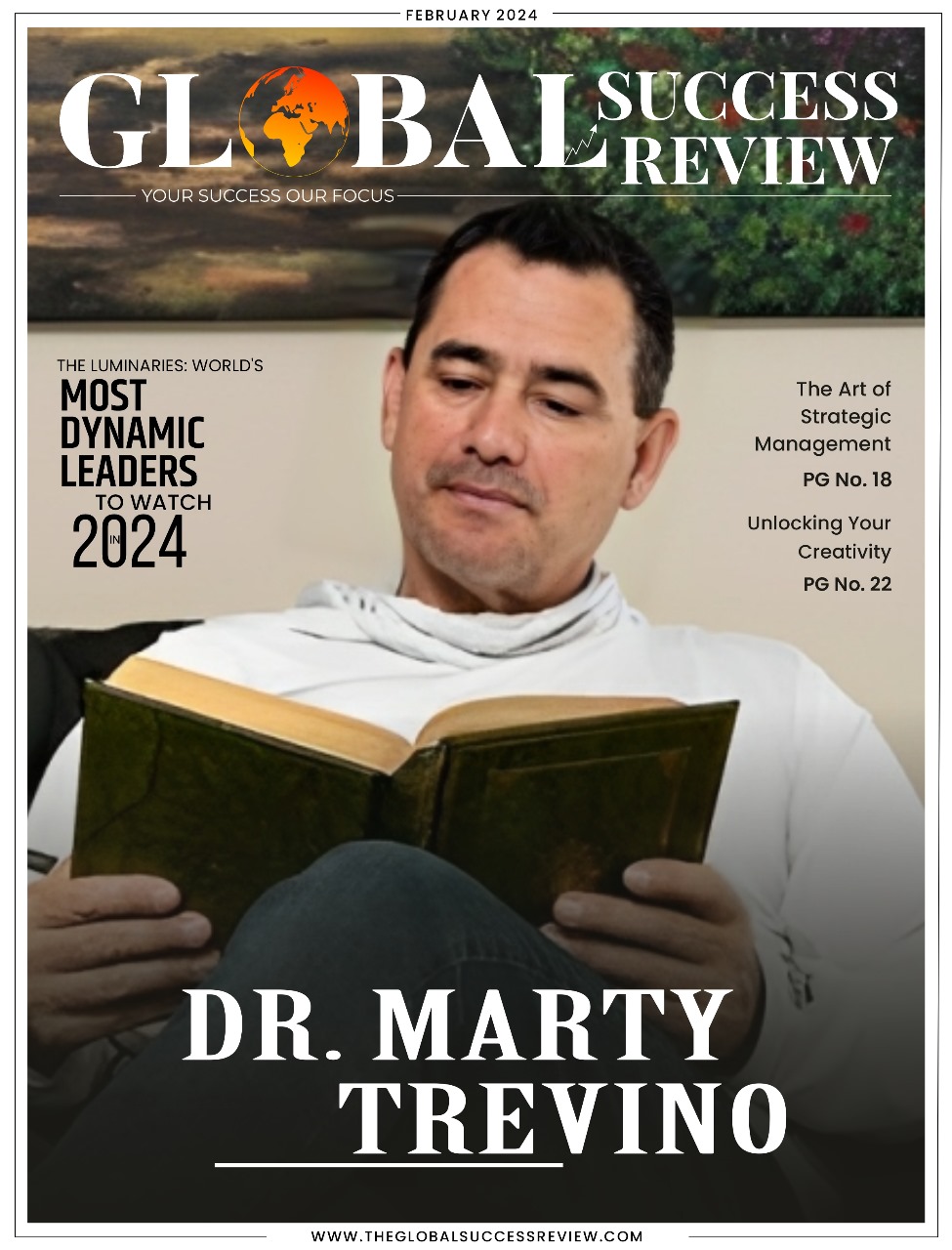Artificial Intelligence. It is a term that has risen to popularity in recent times and is a concept that the tech industry swears by. With more developments in the space of AI, its utilitarian uses are increasing by the day, while the concept and manner in which it has been developed may seem to be complex for the layman, using it is as simple as doing a household chore. The potential for AI to become a big part of our lives has always been recognized by engineers and developers, however, the common man was not entirely sold on it, until he saw it with his own eyes.
OpenAI developed its AI-based language model ChatGPT and witnessed immediate success owing to the human-like responses and the ability of the software to engage in conversations with its users. Its utility is more than your typical search engine as it gives you the exact solution to your problems rather than displaying a bunch of sites that may have what you are looking for.
The interesting question that does arise is how far can we use AI in our daily lives? If it can make complex things simpler, is there any way that it could also efficiently make future predictions based on past patterns? For decades, the smartest brains of our times have stuck with the notion that it is hard if not closely impossible to predict if the financial markets are going to go up or down.
Artificial Intelligence has revolutionized the financial industry by showing its potential to perform as well as humans if not better in terms of investment decisions. Their ability to combine natural language processing and natural language generation allows them to decipher, connect, and merge thousands of data sources into one platform. This simplifies the job of analysts at hedge funds and investment funds as they now have access to a larger database of information and can make comparisons and connections more efficiently.
While this ability of AI to crunch the numbers is its biggest contribution to investors, thus, saving their time and energy, it is capable of far more… Recent media reports out of the United Kingdom found that a basket of stocks selected by ChatGPT has outperformed the top investment funds in the nation. Between March 6th and 28th of April, it was seen that the portfolio of 38 stocks picked by AI ended up clocking a 4.9% profit whereas the 10 leading investment funds witnessed an average loss of 0.8%.
A considerable amount of individuals are already using AI to determine their next investments for them. It removes the element of human error and bases its decisions purely on logic and data, there is no room for emotions such as anger, misinformation, or excitement to sway the quality of decisions made by it. A survey conducted by Deloitte determined that nearly 86% of financial services adopters believe that AI will be critically important to their business success in the next two years.
AI-based investing could be the most beneficial for retail investors who are looking to steadily accumulate wealth over the years. Tools such as Jarvis Invest, an AI-based stock and equity advisor help curate a custom basket of investments tailored to their requirements and financial goals. It’s use-cases exist in the pre-trade scenario which involves determining if an investment is worthy of consideration, it can help the investor figure out if they ought to buy, sell, or hold stocks in the markets, and it can finally help after the trades are done by generating reports on the investments which can help investors improve in the long run.
The ability of AI to make a positive impact in one’s investment decisions is undeniable, it can improve investment outcomes while minimizing the risks for investors which in the long run leads to more informed decisions which are based on pure data. However, investors do need to use their discretion at times and the human element cannot be completely deducted from the equation. While AI does base its decision on data and information, there may be situations wherein it does become necessary to take into account consumer emotions before investing. While AI has already begun to show its benefits, it does still require fine-tuning but one thing is for certain, the integration of this technology in investment decision-making processes is bound to revolutionize the entire industry!



















